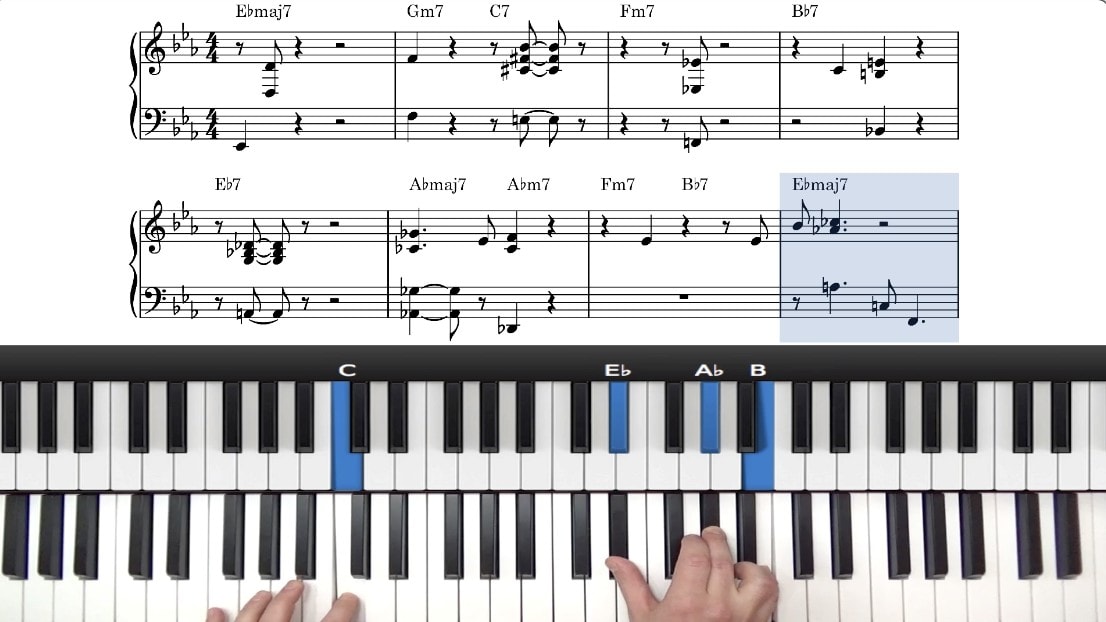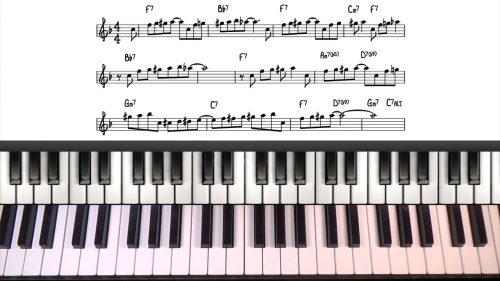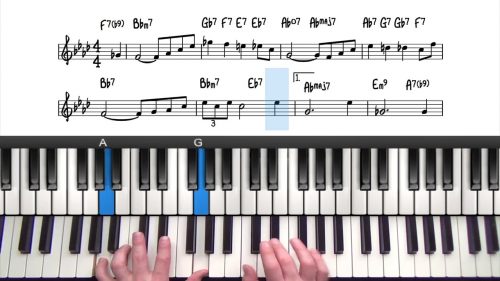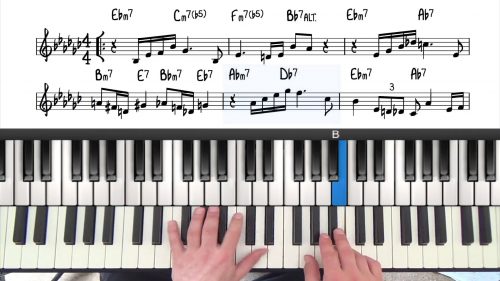How To Play Like Thelonious Monk
In this lesson we will take a look at pianist and composer Thelonious Monk. He is one of the most important figures in the development of bebop and modern jazz. His unique improvisational style as well as his compositions have influenced almost every jazz musician since.
Thelonious Monk was born on October 10th, 1917 and died on February 17th, 1982. Mostly self taught, Monk played church organ while touring with an evangelist and in his late teens started playing jazz. During the 1940’s, he was a house pianist at the legendary Minton’s Playhouse. During those years he developed his unique style of playing and composing. Monk has named Duke Ellington and James P. Johnson as his influences, among others, and I have heard stories about the great Mary Lou Williams being Monk’s teacher.
Most of his career Monk worked as a leader, usually in quartet settings, but he also recorded solo piano, trios and even big band. Great records to check out are At Carnegie Hall, Brilliant Corners, Thelonious Monk With John Coltrane, Solo Monk and Underground.
Monk was also an important figure in jazz composition and his songs became an important part of the jazz repertoire. His most frequently played songs include ‘Round Midnight, I Mean You, Blue Monk, Straight No Chaser and Evidence.
Monk’s playing style is very unique, using sparse voicings and omitting notes to add dissonance. Another distinctive element of his playing is an extremely strong time feel. His soloing usually relies on motifs and is often based on the melody of the song.
The Transcription
Because it is so difficult to choose one solo that is representative of Monk’s playing and compositional style I have chosen several different pieces and elements of his playing to demonstrate. These include Evidence, Blue Monk, Well You Needn’t, Ask Me Now and ‘Round Midnight. We take a look at Monk’s approach to rhythmic displacement, chord voicing and his unique style of comping.
Lesson Downloads
-
Monk transcriptions File Type: pdf
Practice Tips
-
Rhythmic displacement can be a very effective tool when improvising - try playing a phrase and then repeat it starting on a different beat of the bar.
-
Many of Monk's compositions contain their own challenges and idiosyncrasies. Try playing through a number of them and you will begin to get a stronger sense of his melodic, rhythmic and harmonic conception.
-
The Thelonious Monk Fake Book is a great (if exhaustive) resource for detailed lead sheets of Monk's compositions.








